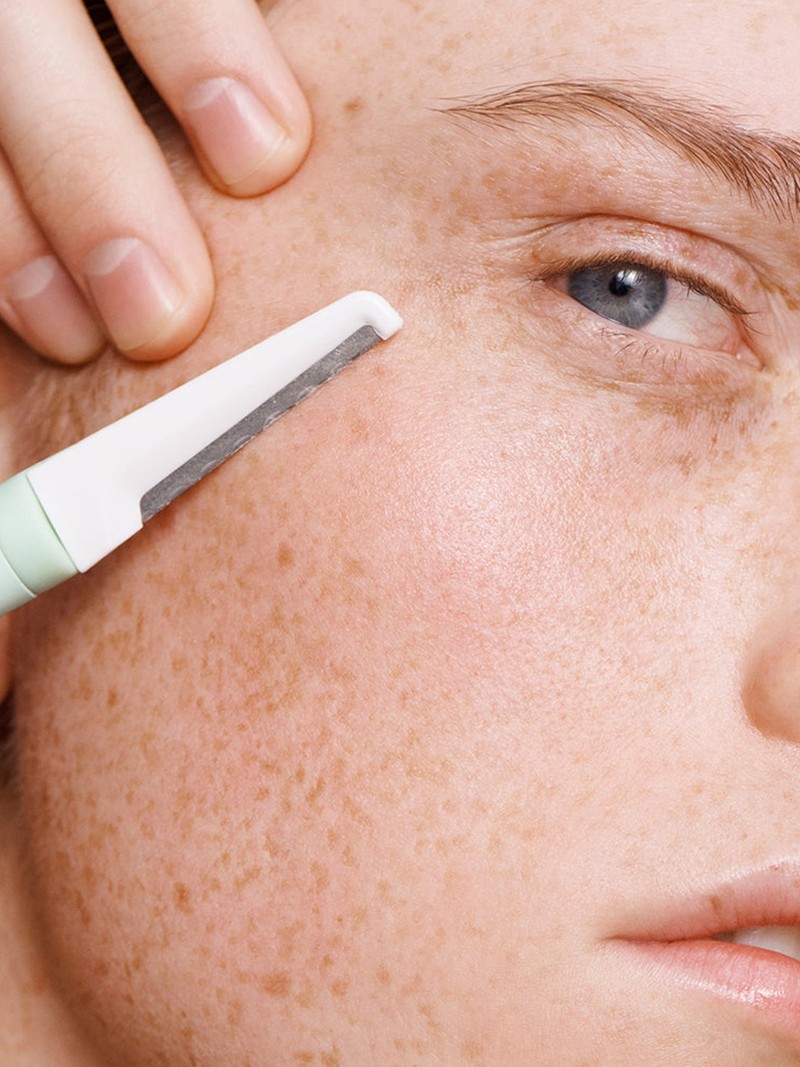
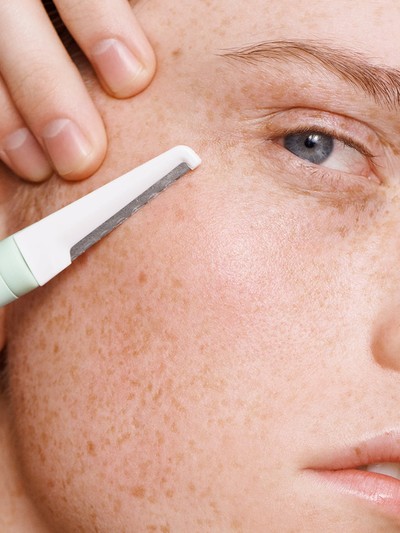
An Expert Guide To Dermaplaning
What It Is
“Dermaplaning is a manual exfoliation treatment where a sterile surgical blade is used to gently remove the outermost layer of dead skin cells and fine vellus hair – known as peach fuzz – from the face. It’s a simple, non-invasive procedure which is typically performed in a clinic setting by a trained professional. The process involves the practitioner holding the skin taut and using light, feathery strokes to scrape away the dull surface layer, revealing fresher, smoother skin underneath.” – Dr David Jack, aesthetic doctor
The Benefits
“Gently removing a layer of dead skin cells and peach fuzz not only makes your skin smoother and more radiant but also enhances product absorption. It also works really well with other professional treatments – a combination of dermaplaning, microneedling and radiofrequency makes the skin pop and tightens facial contours. It can also help treat congested skin, as removing all the debris allows for easier extractions.” – Emma Brown, facialist
“You often don’t realise how much vellus hair shadows the face. As soon as it’s removed, your facial features will appear more defined, especially under the cheekbones and jawline. Hence why so many brides have dermaplaning before their wedding day. It creates a really smooth canvas, meaning your make-up will look flawless. Powder won’t cling to fluff, foundation glides straight onto the skin and it’s likely to last longer too.” – Henrietta Hoppenbrouwers, skin expert & founder of Fierce Face
What To Expect
“A single-use medical-grade blade is tilted to a 45° angle against the skin and gently scraped back and forth. This catches the right amount of dead skin cells, as well as the vellus hair. At our clinic, we use a dermaplane balm all over the skin beforehand to ensure a smooth glide and to prevent any nicks. The treatment can be done all over the face and neck, even the nose to help with congestion and under the eyes to help concealer sit better. Often, your practitioner will follow up with a skin-quenching serum for a hydration boost.” – Henrietta
Who It’s Best For
“Dermaplaning is suitable for most skin types, especially those with dull, dry or uneven texture. People dealing with superficial pigmentation or early signs of aging may also benefit. However, those with active acne or very sensitive skin should approach with caution, as the blade can irritate already-inflamed skin or cause micro-tears.” – David
“Congested skin can benefit from dermaplaning since it sweeps away that top layer of debris. It speeds up the cell renewal process via exfoliation, which is great for those who may be sensitive to chemical exfoliants. Like most skin treatments, those using Accutane – a common acne medication – must wait six months before having dermaplaning. Also, use of topical retinoids and other actives should be paused a few days before and after the treatment to avoid over-sensitising the skin. Another thing to note – if you have slightly thicker facial hair, you may be better suited to other hair removal methods, such as laser.” – Henrietta
The Aftercare
“Dermaplaning is generally low risk when done correctly. Immediately after treatment, the skin might look a little pink or feel slightly sensitive, but this usually settles quickly. There’s also a temporary increase in sun sensitivity, so SPF is essential post-treatment. The biggest risk is improper technique, either at home or with an inexperienced practitioner, which can lead to nicks, irritation and breakouts.” – David
The Results
“Your skin will appear immediately brighter and smoother, with the results typically lasting around three to four weeks, depending on your skin and hair cycle. In general, it’s an excellent treatment to have ahead of weddings, holidays and other events. For a big event, we recommend having a dermaplaning session three to five days beforehand to allow the skin to settle and look its best. If it’s your first time, we suggest a trial treatment at least a few weeks in advance to see how your skin responds. It’s ideal not to put on lots of make-up and expose the freshly exfoliated skin to activities like heavy sweating and saunas that day, so we advise avoiding these on the day of treatment and the following day.” – Henrietta
The Myths
“After years of having it done myself, I can safely say the hair grows back no different to before – not thicker, darker or longer. It really makes the skin glow and is a great monthly maintenance facial treatment.” – Emma
“The fact that dermaplaning uses an open blade might sound like it would be scary or painful, but quite often my clients drift off during the treatment. It’s done in silence to minimise facial muscle movements, so it’s a relaxing experience.” – Henrietta
“While there are at-home dermaplaning tools on the market, I generally recommend having it done by a professional, especially if it’s your first time. In-clinic treatments use medical-grade blades and involve proper technique, which reduces the risk of injury or irritation. If you do choose to try it at home, make sure the blade is sterile, your skin is thoroughly cleansed and you follow with a hydrating, non-comedogenic product. Always avoid any active breakouts and wear SPF diligently afterwards.” – David
Follow @DRDAVIDJACK, @EMMA_BROWN_FACIALIST & @FIERCEFACESKINCLINIC
THE PLACES WE RATE:
Fierce Face, prices from £70
Dr David Jack, prices from £250
The Clinic, prices from £250
Skin Matters, prices from £72
SHOP THE PRODUCT EDIT
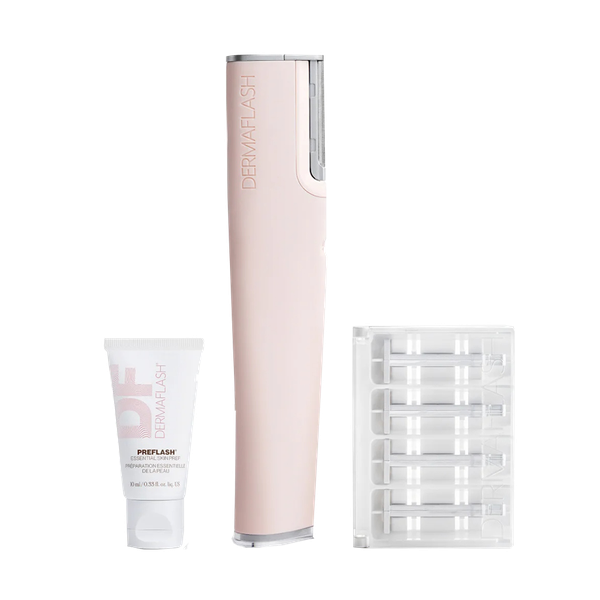
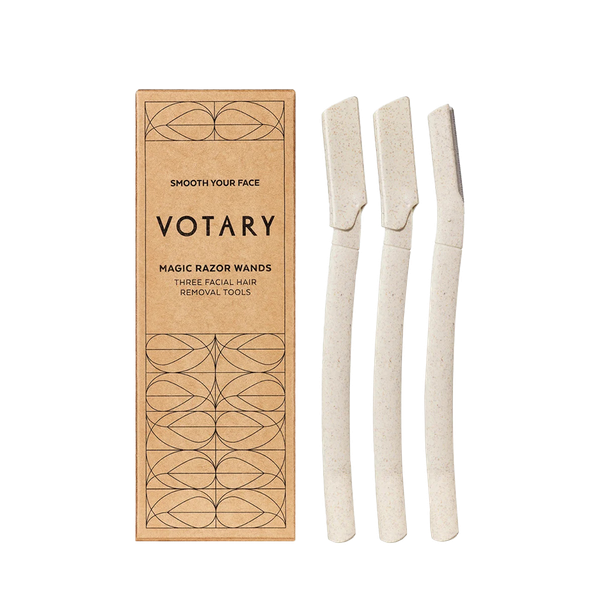
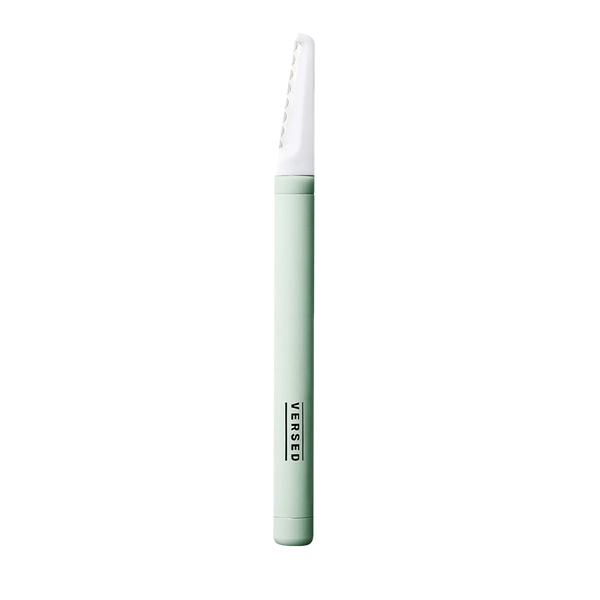
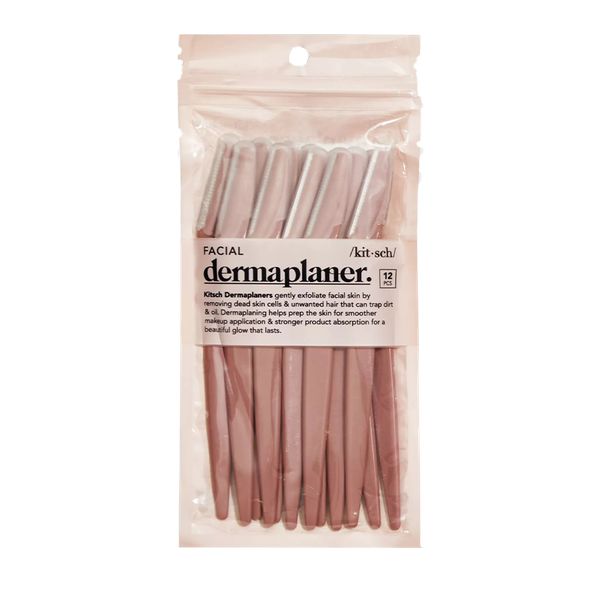
DISCLAIMER: We endeavour to always credit the correct original source of every image we use. If you think a credit may be incorrect, please contact us at info@sheerluxe.com.

